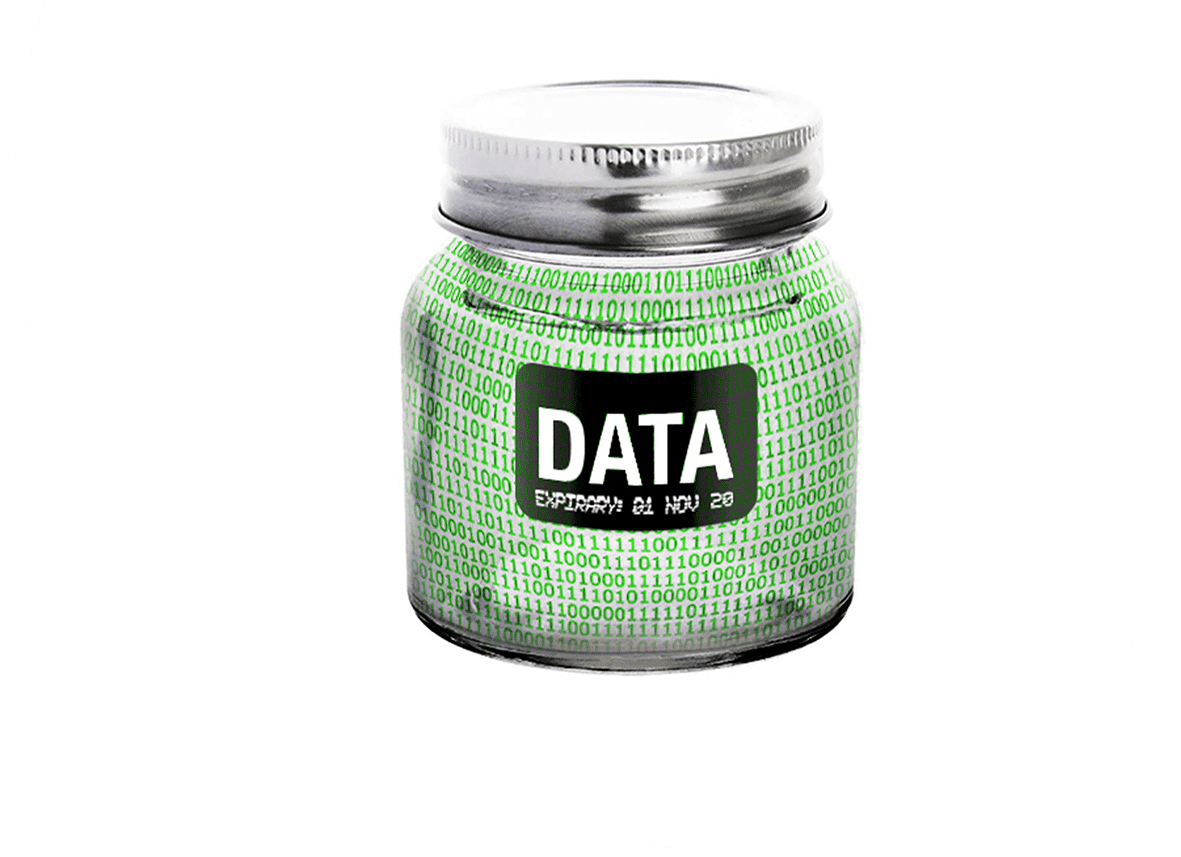Blog

It is often said that data is the new gold standard—and that is not wrong. For every global business initiative taking place in the last decade, data is at the core of everything.
And like any other vertical market, those in any facet of the service-based economy are not immune to the affect of data on their business, nor can they ignore the implications that data has over their future. As mobile apps, social media, online services, software-as-a-service, and connectivity continue to grow exponentially each day, our collective online world subsequently becomes smaller and smaller every day. But it also has its limits.
Data may be praised and valued over all else; however, it also has an expiration date—one based entirely on the speed at which business now occurs. For instance, even the basic information such as phone numbers and email addresses change like the wind. I for one have personally lost count of all the rogue gmail accounts that I have created over the years, not to mention social media profiles, store rewards—the list is virtually endless.
There is far more to the puzzle though. Contact data is one thing, but in a world where personal profile information is now the direct way to people’s hearts, minds, and wallets, ensuring that all of that data is in fact “new” and ever-evolving is paramount to one’s success. Simply put, your data is by far your most valuable asset—but it goes bad… and quick.
Think of your own personal purchasing behaviors across service industries. I know for myself that my favorite foods change all the time based on mood. And though I still may frequent my usual haunts, what I like to order—from food to drinks to deserts—changes continually. The same goes for what we eat at home. In a certain month, my tastes vary from spicy to mild, savoury to sweet—it’s really never the same.
If talking fashion, well that can change even faster. Styles come and go with the seasons, with age, with travel and even work. So evolving those data points is again something that must be accounted for in our modern ever-connected world.
What does all of this have in common? It’s where personal preference and the resulting new world of personalization collide. People are now extremely savvy and picky—more than ever before. And as data usage continues to be leveraged in every part of our lives, we come to depend on and expect a lot from our service providers. We now refuse to stand for out-of-date offers, or generalized pandering as it relates to advertising of any kind.
Case in point, would you be happy to receive an email offer for 20% off an item you just purchased 36 hours ago? Because that example is just one of hundreds that I’m sure that you personally have experienced.
This is no longer about “future” endeavors, or best laid plans for digital transformation initiatives over the next few years. No, this is a right here, right now thing that all service providers need to embrace. Businesses need to embrace the “now” and put in place systems that can gather, calculate, manage, and use data in real time to create spontaneous and meaningful offers to every single customer.
Your customer data changes as your customer preferences, behaviors and demographics evolve. The future hasn’t just arrived—it’s been here for a while. As such, there is only one way to move forward, because remaining stagnant is no longer an option.
